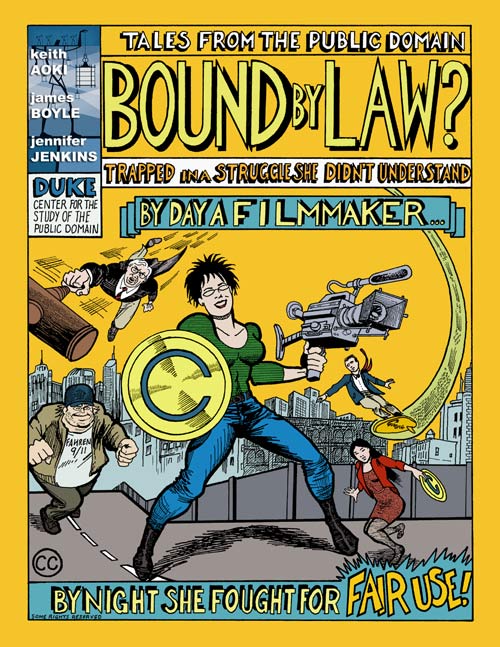What is Fair Use?
Fair use is a legal doctrine which says you can reuse copyright-protected material under certain circumstances without getting permission from the copyright owner.
Circumstances permitting the application of fair use generally include review, news reporting, teaching, or scholarly research. The fair use doctrine in United States copyright law enables incorporation of a wide range of copyrighted inserts into OER for common teaching and learning purposes.
Fair use may not be what you expect. Whether or not you are within the boundaries of fair use depends on the facts of your particular situation. What exactly are you using? How widely are you sharing the materials? Are you confining your work to the nonprofit environment of the university?
Four Factors
To determine whether you are within fair use, the law calls for a balanced application of four factors. These four factors come directly from the fair use provision, Section 107
of the U.S. Copyright Act and they have been examined and developed in judicial decisions. The following summaries identify and explain the significance of the factors as they relate to many university needs.
To determine whether you are within fair use, the law calls for a balanced application of four factors. These four factors come directly from the fair use provision, Section 107![]() of the U.S. Copyright Act and they have been examined and developed in judicial decisions. The following summaries identify and explain the significance of the factors as they relate to many university needs.
of the U.S. Copyright Act and they have been examined and developed in judicial decisions. The following summaries identify and explain the significance of the factors as they relate to many university needs.
Fair Use Checklist
This checklist is provided as a tool to assist you when undertaking a fair use analysis. The four factors listed in the Copyright Statute are only guidelines for making a determination as to whether a use is fair. Each factor should be given careful consideration in analyzing any specific use. There is no magic formula; an arithmetic approach to the application of the four factors should not be used. Depending on the specific facts of a case, it is possible that even if three of the factors would tend to favor a fair use finding, the fourth factor may be the most important one in that particular case, leading to a conclusion that the use may not be considered fair.
For more information about how to apply the factors in fair use, see the Fair Use Checklist.
Using Student Work
Students own the copyrights to their academic work(s). Faculty cannot use student work, even if you remove the student’s name, without first obtaining their permission. You may use the simple release form below to request the use of their work, with or without the use of their name (they may not want their name used), if using that work in a course or on an OER. Make sure students know they have the right to refuse. Follow copyright Fair Use guidelines and proper citation procedures if you are using student work in your OER or research.
Student Work Release Form (pdf)
Fair Use Comic
Tales from the Public Domain: BOUND BY LAW? ![]()
“Bound by Law translates law into plain English and abstract ideas into ‘visual metaphors.’ So the comic’s heroine, Akiko, brandishes a laser gun as she fends off a cyclopean ‘Rights Monster’ – all the while learning copyright law basics, including the line between fair use and copyright infringement.” -Brandt Goldstein, The Wall Street Journal online

(CC BY-NC-SA 2.5) Creative Commons Attribution, Non-commercial. Share alike license.
Quick Guide Pages: First | ← Previous Page | Next Page → | Last |

The “Fair Use and OER” page in the Brooklyn College “Quick Guide to OER for Teaching & Learning” is by OER Developer Amy Wolfe and based on the “Copyright Quick Guide“![]() by Dr. Kenneth D. Crews (formerly of Columbia University), the “Fair Use Checklist”
by Dr. Kenneth D. Crews (formerly of Columbia University), the “Fair Use Checklist” ![]() by Kenneth D. Crews (formerly of Columbia University) and Dwayne K. Buttler (University of Louisville), the “OER & Fair Use”
by Kenneth D. Crews (formerly of Columbia University) and Dwayne K. Buttler (University of Louisville), the “OER & Fair Use” ![]() by Tufts University Libraries and “Code of Best Practices in Fair Use for OER”
by Tufts University Libraries and “Code of Best Practices in Fair Use for OER” ![]() , available at auw.cl/oer is licensed under CC BY 4.0” Attribution-NonCommercial 4.0 International license.
, available at auw.cl/oer is licensed under CC BY 4.0” Attribution-NonCommercial 4.0 International license.


